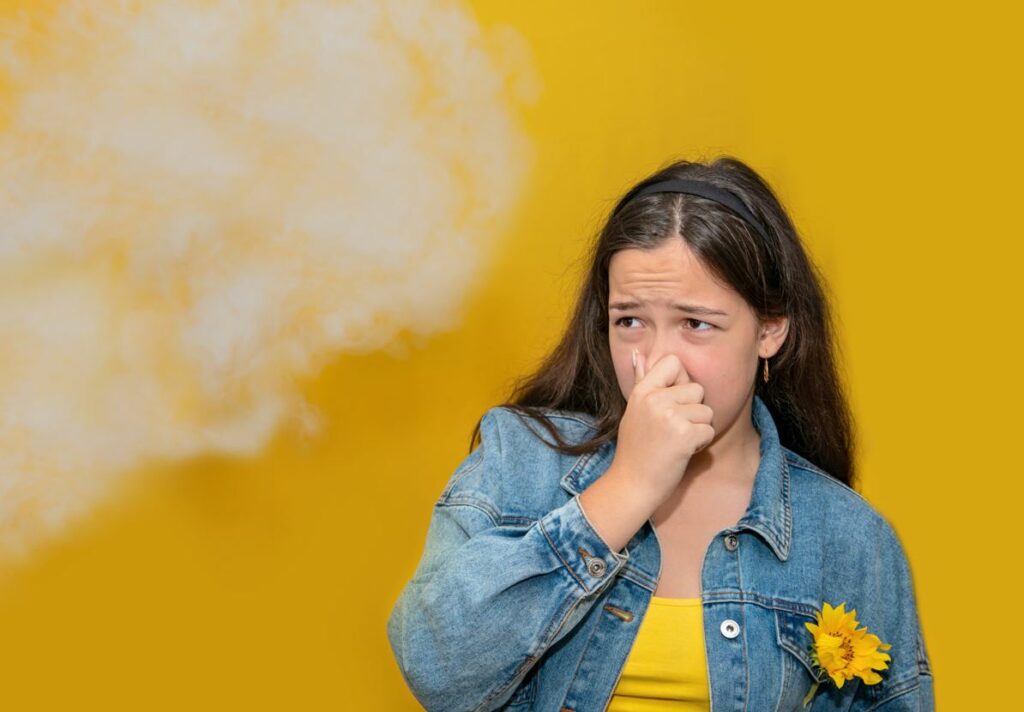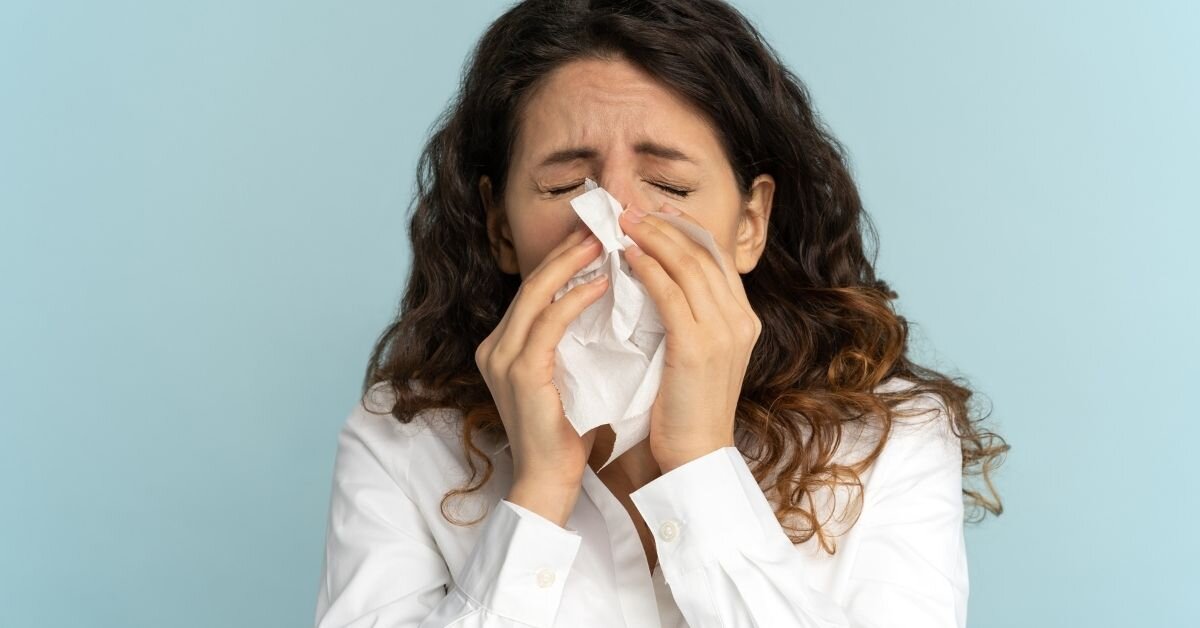Do you know there are tiny bugs belonging to spider family that lives in dust in our houses and feeds on dead skin cells regularly shed by the human? These tiny bugs thrive in warm and humid environments and triggers asthma and allergy.
These tiny creatures do not bite but produce allergens. When we breathe the waste product released by the dust mites, our Immune System gets kicked and produces antibody response against them. The reaction may cause asthma and sinus infections.
Dust mite allergy affects about 20 million people in the United States. Long-term exposure to Dust mite leads to asthma and sinus infection.
Dust mites are almost present in every home, and it is nearly impossible to get rid of these tiny creatures. However, there are ways to lessen Dust mite allergy that we will discuss in this article.
What Is Dust Mite Allergy?

An Allergic reaction is caused due to an allergen. Both the waste and the body parts of the dust mite acts as allergen for humans.
In a warm and humid environment dust, mites survive the entire year. They die in low humid or extreme temperatures, but leave their waste and dead bodies behind, which continues to cause an allergic reaction.
What Are The Symptoms Of Dust Mite Allergy?
The common symptoms of dust mite allergy includes:
- Runny nose
- Sneezing
- Red, Itchy, watery eyes
- Stuffy nose
- Itchy skin
- Itchy nose, throat, and throat
- Postnasal drip
- Cough
Immediately see your doctor if you experience the symptom of Dust mite allergy that triggers your asthma. For example:
- Tightness in the chest
- difficulty in breathing
- Wheezing or whistling sound on breathing
- Shortness of breath
- Trouble sleeping
- Lips and nails turn blue
How To Diagnose Dust Mite Allergy?
Dust can cause sneezing, but those having an immune response are suffering from Dust mite allergy. If your symptoms worsen at home, especially when you go to bed or do house cleaning, see an allergist.
Your allergist will recommend a diagnostic test to check whether you have a Dust mite allergy. The most common test is the skin prick test.
In skin prick is the allergist pricks a spot on your skin with a small extract of allergen and waits for 15 minutes to see any reaction. If you develop a large bump around the pricked site, the area becomes itchy and red; you have a Dust mite allergy.
Instead of the skin test, sometimes a blood test is also recommended. However, the blood test only screens for antibodies, so it may not be accurate.
How Is Dust Mite Allergy Treated
Limiting your exposure to dust mites is the best treatment option. However, several over-the-counter medications may help you relieve Dust mite allergy symptoms. To relieve sneezing, itching, and runny nose, antihistamines are prescribed. To reduce the inflammation, nasal corticosteroids is given.
To make breathing easier, decongestant are given. Finally, leukotriene receptors are prescribed to block the action of chemical messengers involved in allergic reactions.
If medication does not provide relief in people suffering from Dust mite allergy, immunotherapy may be considered to reduce the severity of the allergic reactions. Consult a doctor for proper diagnosis and treatment of Dust mite allergy treatment do not self-medicate.
How To Prevent Dust Mite Allergy

The presence of dust mites in the house does not mean your house is not clean. Dust mites are present in every home, no matter how clean the house is. However, to reduce its effect, you can practice the following steps:
- Cover your pillows and mattresses with dust-proof covers – these covers are made up of materials with pores that do not allow dust mites or their waste product through. In addition, they are allergen-impermeable.
- Wash your blankets and bedsheet in hot water once a week. Exposing the dust mites to 130 degrees Fahrenheit kills them.
- If you have Dust mite allergy, do not clean your room yourself and take help from someone without Dust mite allergy else wear filtering mask while vacuuming or dusting.
- Use certified filter vacuum cleaners that are scientifically tested and verified to help you to keep the dust mites and their waste from getting back into the air.
- If possible, avoid wall-to-wall carpeting. If you use carpet, use the type with a tight and short pile.
- Use washable rugs. Wash the rugs and hot water whenever possible.
- Try to keep the maintain humidity in your house at less than 50% with the help of a dehumidifier or air conditioner.
Continued exposure to dust mites can be uncomfortable. In addition, frequent exposure to allergens also increases the risk of developing asthma, especially in children.
However, Dust mite allergy is controllable if you practice the preventive measures discussed in our article and follow the treatment strategy prescribed by your doctor.







